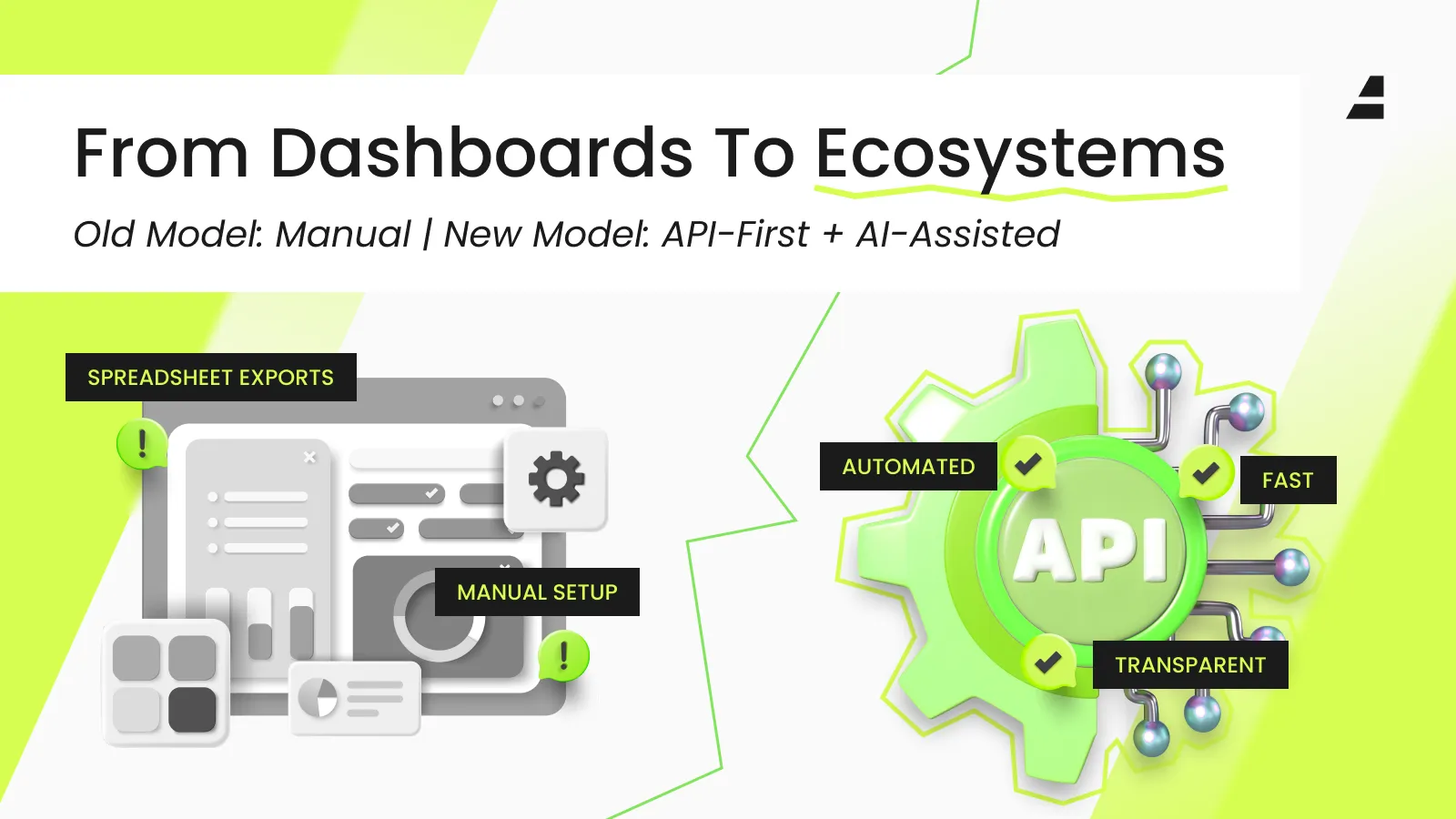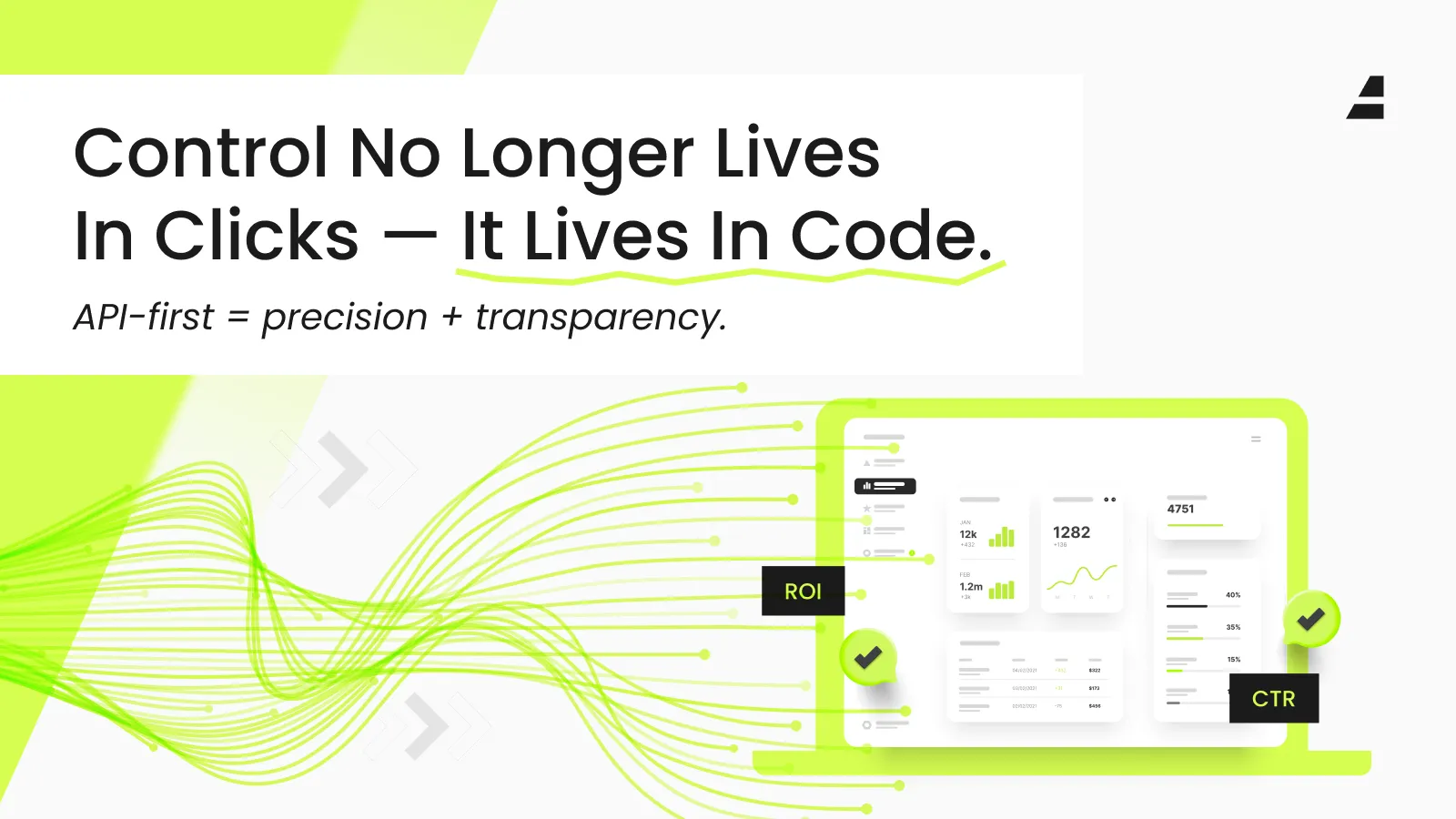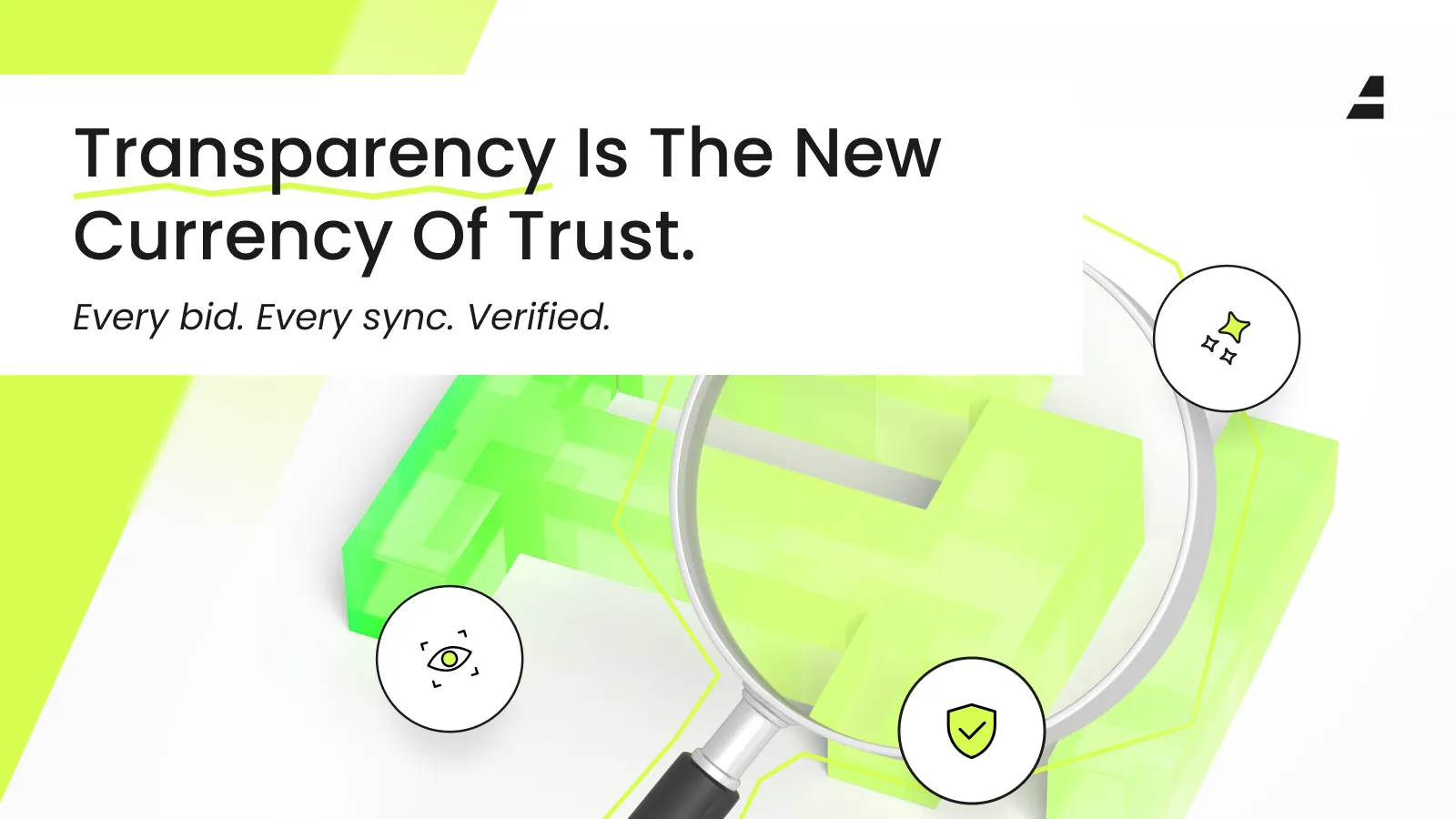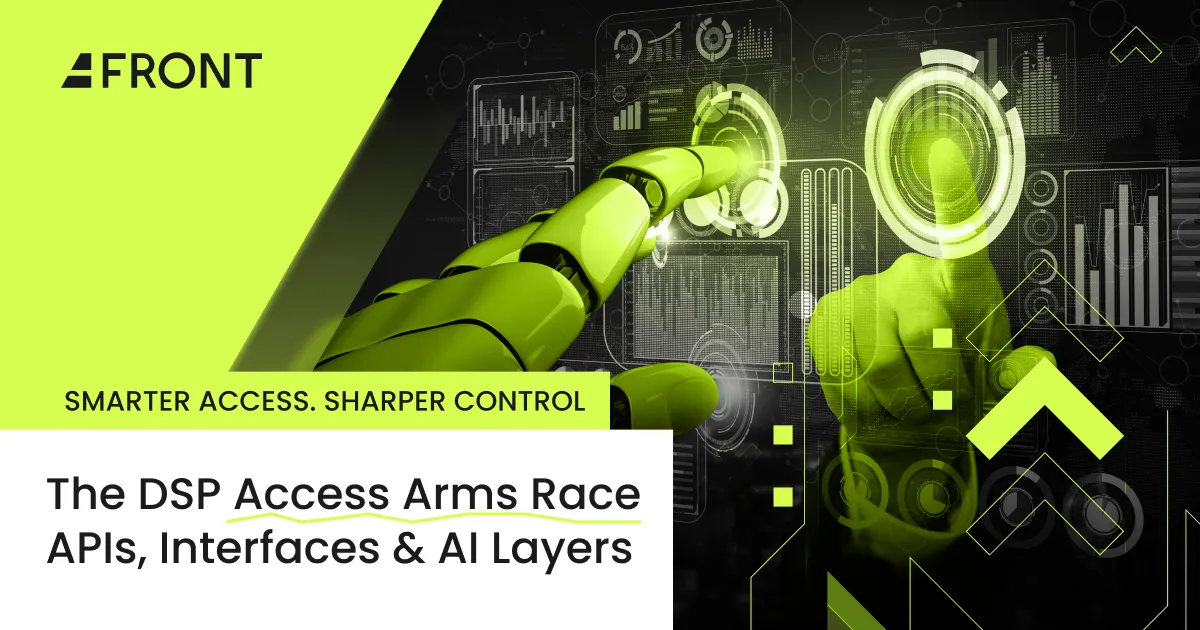The programmatic ecosystem has entered a new phase — one where the tools themselves are evolving faster than the people using them. DSPs are no longer static platforms but dynamic ecosystems, powered by APIs, AI, and automation layers that can optimize faster than human operators ever could. The question isn’t just who has access — it’s who controls the controls.
As advertisers demand precision and transparency, DSP access is becoming a strategic battleground. Manual workflows are being replaced by machine logic, and the companies that master this balance between control and convenience are already pulling ahead.
The Old Model: When UI Ruled Everything
For years, DSP access looked almost identical across the industry: a dashboard, a manual setup, and a sea of fragmented reports. Success relied on skilled media traders juggling endless campaign tabs and spreadsheet exports. The structure worked — until the scale exploded.

Manual dashboards and spreadsheet chaos — the old world of DSP control that couldn’t scale.
In the old model, every optimization required human touch. The process was transparent, but painfully slow. Reporting was delayed, attribution uncertain, and integrations inconsistent across tools. Marketers got visibility, but not velocity.
This hands-on approach made sense when programmatic was still experimental. Today, it’s an efficiency bottleneck. With billions of impressions traded in milliseconds, no team can manually keep up. And that’s exactly why DSP access is being rewritten.
The New Model: API-First, AI-Assisted DSP Access
Enter the API-first era — where DSPs evolve from dashboards to ecosystems. Instead of forcing advertisers into rigid user interfaces, leading DSPs now offer open APIs that integrate directly with in-house systems, trading desks, or even AI models.
The shift means control no longer lives in clicks — it lives in code. Advertisers can automate bidding logic, real-time pacing, and cross-channel frequency management, while AI handles adaptive optimization based on live data.
AI doesn’t replace human strategy — it amplifies it. Through predictive models, anomaly detection, and smart budget allocation, DSPs are transforming from manual execution hubs into intelligent co-pilots. This blend of automation and human oversight is redefining what “access” really means: effortless precision.

API-first, AI-assisted DSP ecosystems turning complexity into clarity — automation meets human intelligence.
Why This Matters for Transparency
As automation deepens, transparency becomes the currency of trust. With more algorithmic decision-making, advertisers need clear visibility into how their bids, audiences, and outcomes are shaped.
In legacy DSP models, transparency often ended at the reporting layer. With API-first architectures, it begins at the transaction level. Every bid request, every data sync, and every creative decision can be logged and verified in real time.
For performance-driven advertisers, this isn’t just compliance — it’s competitive advantage. Real transparency means knowing not just what performs, but why. And that’s what allows for smarter scaling, stronger accountability, and healthier partner ecosystems.

From black-box algorithms to open data pipelines — transparency as the new programmatic advantage.
Afront’s Architecture: Control + Convenience
At Afront, we believe advanced shouldn’t mean complicated. Our DSP access model combines the flexibility of open APIs with the simplicity of a guided interface — giving advertisers the best of both worlds.
You can integrate through custom workflows or operate directly within our intuitive dashboard, powered by AI optimization layers that learn from every impression. Whether you’re managing CTV campaigns, display buys, or multi-format video executions, you stay in full control — with automation enhancing, not replacing, human judgment.
Afront’s infrastructure is built for clarity and adaptability. Each campaign connects transparently to performance data in real time, eliminating the traditional lag between action and insight. Our AI layers handle what machines do best — analysis and optimization — while your team focuses on strategy, creative, and growth.
If performance is your goal, attention is your real metric. In our latest article, Ad Load vs. Attention: How Shorter Impressions Are Winning in CTV, we explore how less time can create more impact — and why the future of Connected TV belongs to brands that design for focus, not frequency.
Conclusion: The Future of DSP Access
The DSP landscape is evolving into something far more powerful than a buying platform. It’s becoming an intelligent layer between strategy and execution — one that learns, adapts, and refines itself continuously.
As AI-driven access reshapes how advertisers interact with programmatic systems, one truth stands firm: control matters. But control isn’t about doing everything manually — it’s about designing systems that empower smarter automation.
Afront’s vision is simple: make advanced technology accessible without friction. Because the future of programmatic belongs not to those with the most tools, but to those who use them with the most clarity.
Advanced shouldn’t mean complicated. That’s Afront engineering. Let’s bring your brand to the front.
